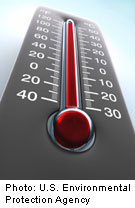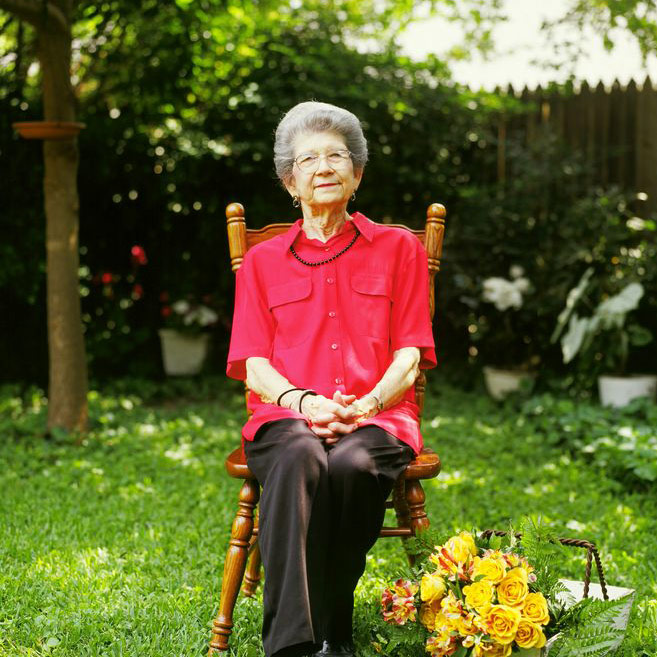
WEDNESDAY, July 30, 2014 (HealthDay News) — Each year in the United States, at least 2,000 Americans die from extreme heat or cold, floods or lightning, health officials said Wednesday.
Heat waves, heat stroke or sun stroke caused nearly one-third of more than 10,600 weather-related deaths reported between 2006 and 2010, according to the U.S. Centers for Disease Control and Prevention.
Cold snaps or hypothermia — a severe loss of body heat — accounted for 63 percent of those weather-related deaths. The others died in floods, storms or from lightning strikes, CDC researchers said.
“We think deaths from heat are underreported, because people who die during heat waves don’t have their deaths attributed to heat,” said Jennifer Parker, a special projects branch chief at the CDC’s National Center for Health Statistics.
Instead, heat waves tend to exacerbate existing health conditions such as heart disease and respiratory illness, which are then recorded as the cause of death.
Extreme weather events will likely increase as a result of climate change, according to background information with the report. But the researchers couldn’t determine whether weather-related deaths were increasing or were linked to climate change.
“In this report, we examined weather-related deaths over a five-year period. The time period studied is not long enough for us to draw conclusions about trends in weather-related deaths,” said Shubhayu Saha, a health scientist in the climate and health program at the National Center for Environmental Health.
The researchers found that death rates varied by age — people over 75 were especially vulnerable — race and gender. Moreover, the risk of dying from heat or cold was highest among the poorest Americans. But neither Parker or Saha would speculate on why these disparities exist.
Dr. Robert Glatter, an emergency medicine physician at Lenox Hill Hospital in New York City, said the study results reinforce previous findings that older black males have higher death rates related to extremes of weather compared to all other subgroups.
Men — who accounted for about 68 percent of weather-related deaths — were 2.5 times more likely to die from cold or heat as women. They were twice as likely as women to die from flood, lightning or storms.
Blacks had higher rates of death from heat and cold than whites or Hispanics, the researchers found. Heat, for example, killed 2.5 times more blacks than whites and twice as many blacks as Hispanics.
As expected, people living in lower-income areas had a much higher chance of dying from weather extremes compared with those living in higher-income areas, Glatter said.
“It is important to examine income, location and degree of urban development when looking at who is most at risk for death from extremes of weather,” Glatter said.
He agreed with Parker that deaths related to extremes of temperature are likely underreported.
“A specific issue is that people with chronic medical conditions may not die from the weather itself but from underlying medical problems which compromised their ability to survive in such extreme conditions,” Glatter added. “This would affect the ability to get an accurate picture of who was most affected by weather extremes.”
In terms of region, three-quarters of the nation’s heat deaths occurred in the South and West, the study found. And the Northeast accounted for the smallest proportion of cold-related deaths.
More information
For more on climate change and health, visit the National Climate Assessment.
Copyright © 2025 HealthDay. All rights reserved.

